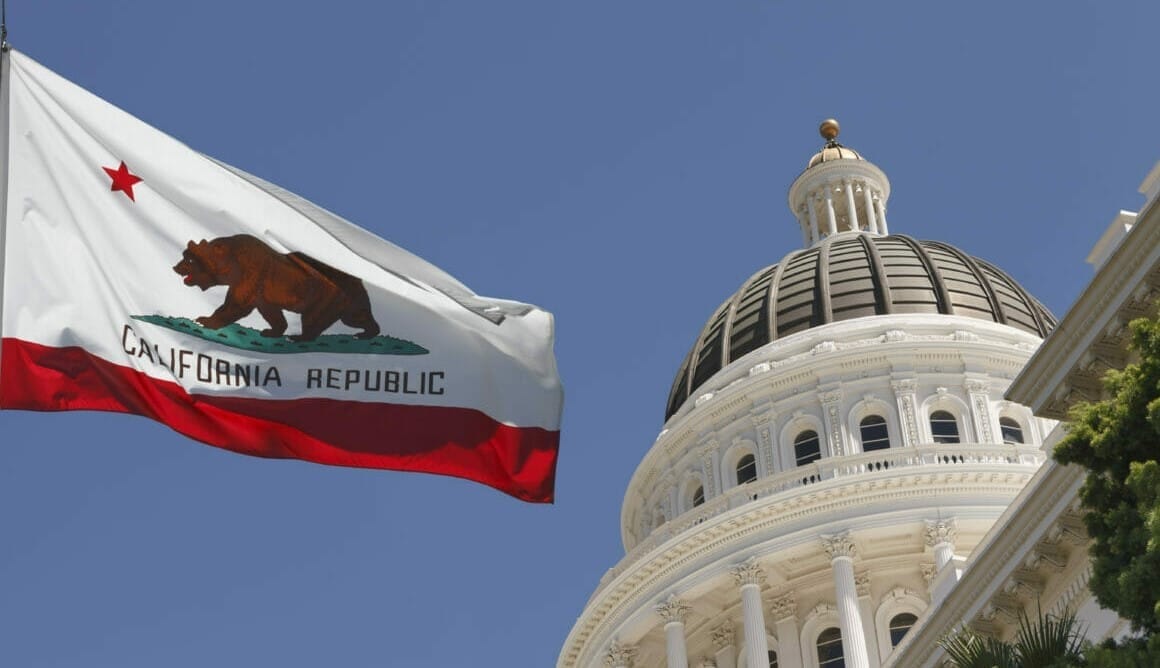Investors are weighing up the implications of a multi-regime change that is manifesting in new rules governing global trade and tariff uncertainty, shifting geopolitics and security and defence partnerships, and a steady rise in real interest rates.
“There are many balls up in the air and we have to work out what matters and if we have to change strategy as a result,” CalPERS’ chief investment officer Stephen Gilmore said during the $527 billion pension fund’s quarterly CIO report in June.
But despite warning of change ahead, Gilmore also urged the CalPERS board to view market behaviour through a long-term lens.
Despite this year’s turbulence, equity markets are now close to where they were at the beginning of the year – although the US dollar is notably weaker. Other reassuring signs include the fact that the pension fund has returned 5.6 per cent for the fiscal year to date and is on track to meeting or exceeding its discount rate driven by listed and private equity.
Gilmore also noted that CalPERS’ allocation to private assets has gone up 3 per cent since he last reported to the board.
Putting recent events in context, he said that ever since 2000, US industrial production “has flatlined,” even though GDP has continued to grow. He noted that efforts to introduce tariffs to counter America’s longstanding and generous trade deals with other countries are nothing new, and said that the US has also run a persistent trade deficit and spent more on defence than its partners for years.
The US equity markets is still – and has been ever since the GFC – a standout performer relative to European and Japanese markets, although other global markets have finally broken out of their long-term, lethargic range. He noted US valuations are still quite high and flagged that this is in keeping with the view that returns will be lower ahead.
“We would expect forward looking returns in the US to be lower than they are for other equities.”
Gilmore also noted that although the US dollar has weakened in the last few months, over time the currency has been very strong and remains so.
He also noted that interest rates, which have driven market outcomes in recent decades, look higher ahead. Interest rates have risen ever since 2020 and 5y5y market predictions – referring to the 5-year interest rates in 5 years’ time – signpost that they will continue to rise after inflation.
“From our perspective over the longer run it’s not a bad thing because if the level of interest rates is higher then long-term returns for us should be a bit better.”
Gilmore’s message was echoed by Lauren Rosborough Watt, lead economist for the CalPERS investment office whose presentation to the board outlined how growth is expected to continue to decline over the year, but the increase in inflation may not be as high as feared because oil prices are still lower today than they were at the start of the year.
The impact of President Trump’s “big beautiful bill” on corporate growth is likely to be muted in the short run because tax breaks will have a positive impact on companies. The bill was signed into law on July 4, and the final legislation scrapped the so-called “revenge tax”, which would have imposed higher duties on foreign companies and investors from countries deemed to have “unfair” taxes on US businesses.
Rosborough Watt said that in contrast to media rhetoric, US consumers remain the driver of growth in the economy; AI is benefiting equities, and US asset markets are deep and liquid and the dollar remains the reserve currency for now.
The government may pick up extra revenue from tariffs and importers are compressing margins. The board also heard how demand for labour is slowing, but this is balanced by a reduction in the supply of labour, likely resulting in only a very modest increase in unemployment.
Warning on the deficit
However, Glimore flagged America’s fiscal challenge and said the deficit will stay at elevated levels. It remains to be seen how much additional contribution the budget adds to current debt loads, and he said it is also unclear how much will be collected in tariff revenues to offset debt.
Nevertheless, “a fiscal deficit of 6 per cent of GDP for the foreseeable future gets challenging after a while”, he said.
Running a trade deficit requires inflows of capital to finance it, yet there is a growing discussion around capital flows forcing the trade balance wider. “If you are running a trade deficit you need inflows,” he said.
Rosborough Watt highlighted that the new environment has raised the spectre of uncertainty for investors.
Risk is based on a known set of future outcomes and the probability that those outcomes will fall within a certain range.
Uncertainty introduces unknowns whereby the range of outcomes could be wider. It’s visible in how economists are now pulling back on predictions made a few months ago about recession and inflation, and the changing narrative around tariffs and rates.
Gilmore concluded that the new total portfolio approach (TPA) CalPERS is poised to adopt would allow a more dynamic approach to managing today’s challenges compared to the strategic asset allocation (SAA) the pension fund currently relies upon.
A SAA involves checking in every now and again (CalPERS adopts an SAA to determine its investment strategy every four years) and optimises at individual asset class levels, yet TPA is more continuous and optimises at the whole portfolio level for more efficiency.
“With TPA you are thinking about the portfolio on a more frequent basis.”


